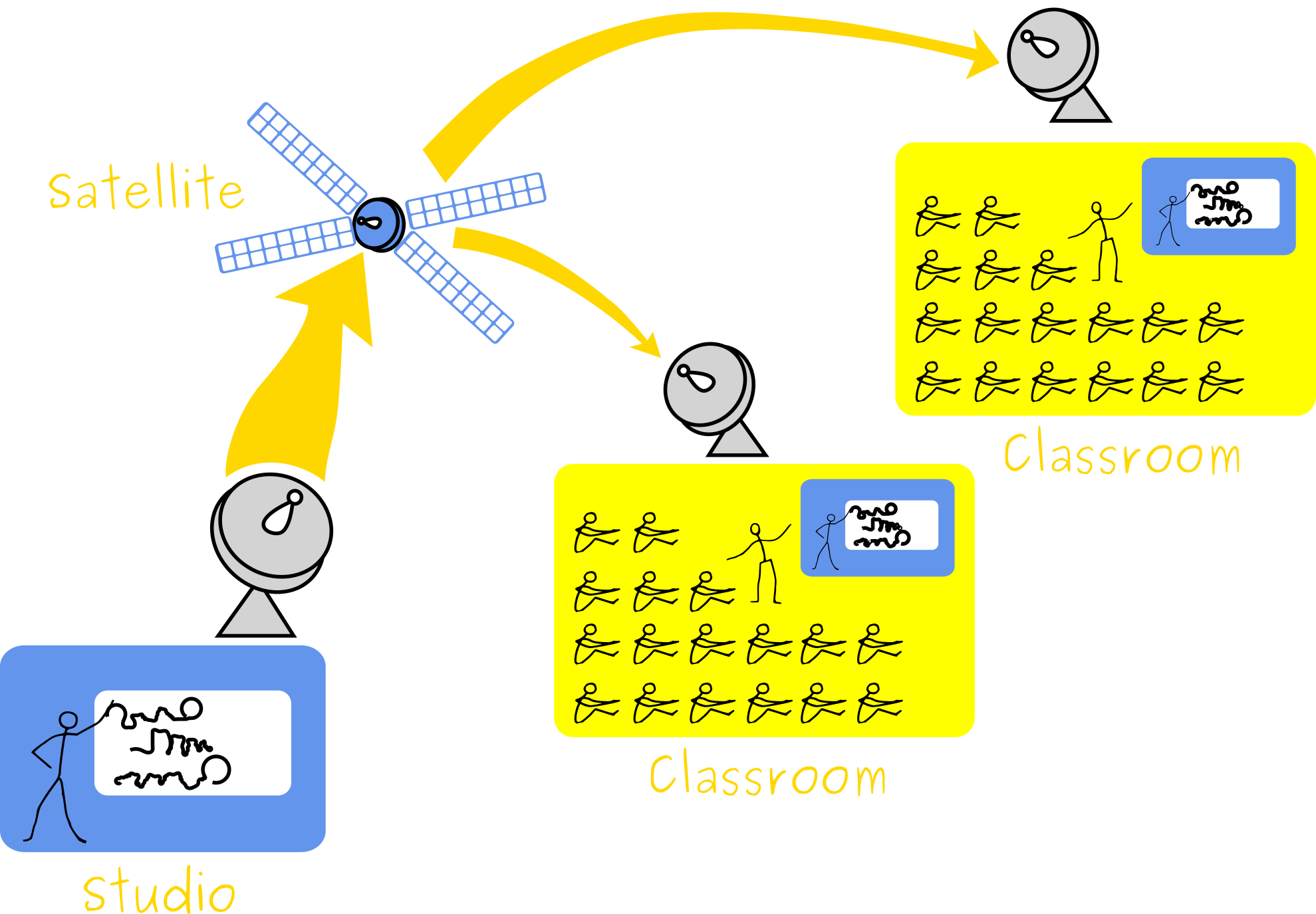INFANT NURSERIES. NEO-PAVLOVIAN CONDITIONING ROOMS, announced the notice board.
The Director opened a door. They were in a large bare room, very bright and sunny; for the whole of the southern wall was a single win-dow. Half a dozen nurses, trousered and jacketed in the regulation white viscose-linen uniform, their hair aseptically hidden under white caps, were engaged in setting out bowls of roses in a long row across the floor. Big bowls, packed tight with blossom. Thousands of petals, ripe-blown and silkily smooth, like the cheeks of innumerable little cherubs, but of cherubs, in that bright light, not exclusively pink and Aryan, but also luminously Chinese, also Mexican, also apoplectic with too much blowing of celestial trumpets, also pale as death, pale with the posthumous whiteness of marble.
The nurses stiffened to attention as the D.H.C. came in.
“Set out the books,” he said curtly.
In silence the nurses obeyed his command. Between the rose bowls the books were duly set out-a row of nursery quartos opened invitingly each at some gaily coloured image of beast or fish or bird.
“Now bring in the children.”
They hurried out of the room and returned in a minute or two, each
pushing a kind of tall dumb-waiter laden, on all its four wire-netted
shelves, with eight-month-old babies, all exactly alike (a Bokanovsky
Group, it was evident) and all (since their caste was Delta) dressed in
khaki.
“Put them down on the floor.” The infants were unloaded.
“Now turn them so that they can see the flowers and books.”
Turned, the babies at once fell silent, then began to crawl towards those clusters of sleek colours, those shapes so gay and brilliant on the white pages. As they approached, the sun came out of a momentary eclipse behind a cloud. The roses flamed up as though with a sudden passion from within; a new and profound significance seemed to suffuse the shining pages of the books. From the ranks of the crawling babies came little squeals of excitement, gurgles and twitterings of pleasure.
The Director rubbed his hands. “Excellent!” he said. “It might almost have been done on purpose.”
The swiftest crawlers were already at their goal. Small hands reached out uncertainly, touched, grasped, unpetaling the transfigured roses, crumpling the illuminated pages of the books. The Director waited until all were happily busy. Then, “Watch carefully,” he said. And, lifting his hand, he gave the signal.
The Head Nurse, who was standing by a switchboard at the other end of the room, pressed down a little lever.
There was a violent explosion. Shriller and ever shriller, a siren shrieked. Alarm bells maddeningly sounded.
The children started, screamed; their faces were distorted with terror.
“And now,” the Director shouted (for the noise was deafening), “now we proceed to rub in the lesson with a mild electric shock.”
He waved his hand again, and the Head Nurse pressed a second lever. The screaming of the babies suddenly changed its tone. There was something desperate, almost insane, about the sharp spasmodic yelps to which they now gave utterance. Their little bodies twitched and stiffened; their limbs moved jerkily as if to the tug of unseen wires.
“We can electrify that whole strip of floor,” bawled the Director in explanation. “But that’s enough,” he signalled to the nurse.
The explosions ceased, the bells stopped ringing, the shriek of the siren died down from tone to tone into silence. The stiffly twitching bodies relaxed, and what had become the sob and yelp of infant maniacs broadened out once more into a normal howl of ordinary terror.
“Offer them the flowers and the books again.”
The nurses obeyed; but at the approach of the roses, at the mere sight of those gaily-coloured images of pussy and cock-a-doodle-doo and baa-baa black sheep, the infants shrank away in horror, the volume of their howling suddenly increased.
“Observe,” said the Director triumphantly, “observe.”
Books and loud noises, flowers and electric shocks-already in the infant mind these couples were compromisingly linked; and after two hundred repetitions of the same or a similar lesson would be wedded indissolubly. What man has joined, nature is powerless to put asunder.
“They’ll grow up with what the psychologists used to call an ‘instinctive’ hatred of books and flowers. Reflexes unalterably conditioned. They’ll be safe from books and botany all their lives.” The Director turned to his nurses. “Take them away again.”
Aldous Huxley, Brave New World
Though fictionalised the above passages capture what makes people hate books in general. The conditioning happens in reality in a more subtle manner. The conditioning laboratory is the school. In school children are made to engage with the books, textbooks in most cases, in the most artificial and dishonest matter. Another problem is the quality of textbooks themselves. Though the school has a “textbook culture”, not enough effort is put in by the writers and designers of the textbooks to make the best that they can offer. Instead cheap, copy-paste techniques, and a mix-and-match fashioned content is crammed and printed onto those pages glued together called as textbooks. No wonder, people when they grow up don’t like books or run away at the sight of them. Its just behaviorism at work with Pavlov portrait in the background.



